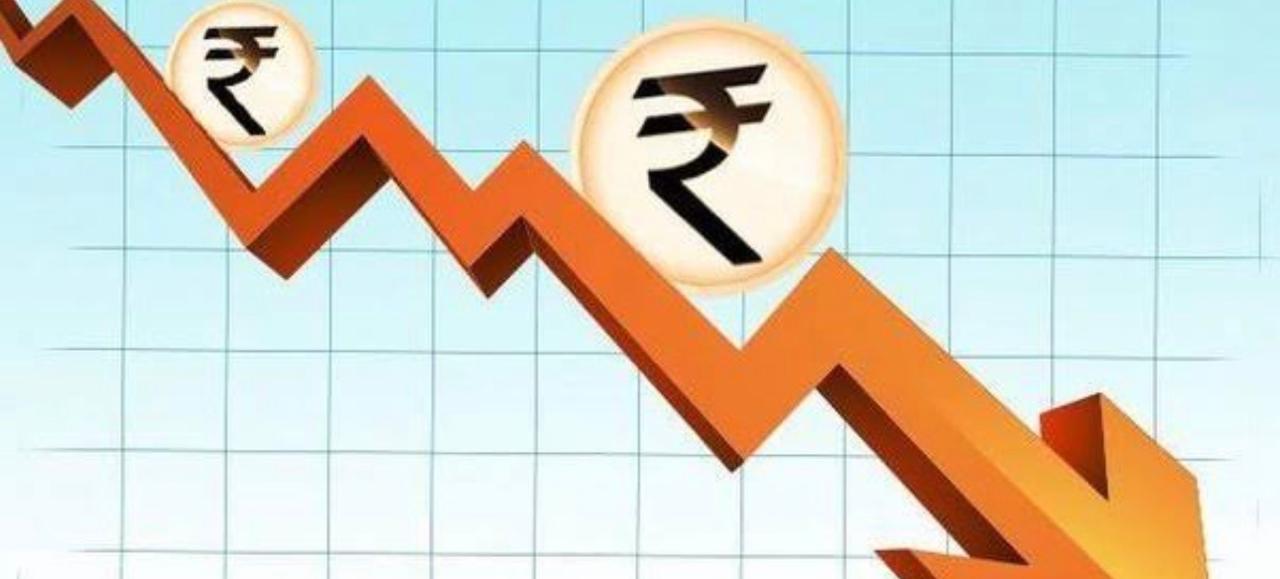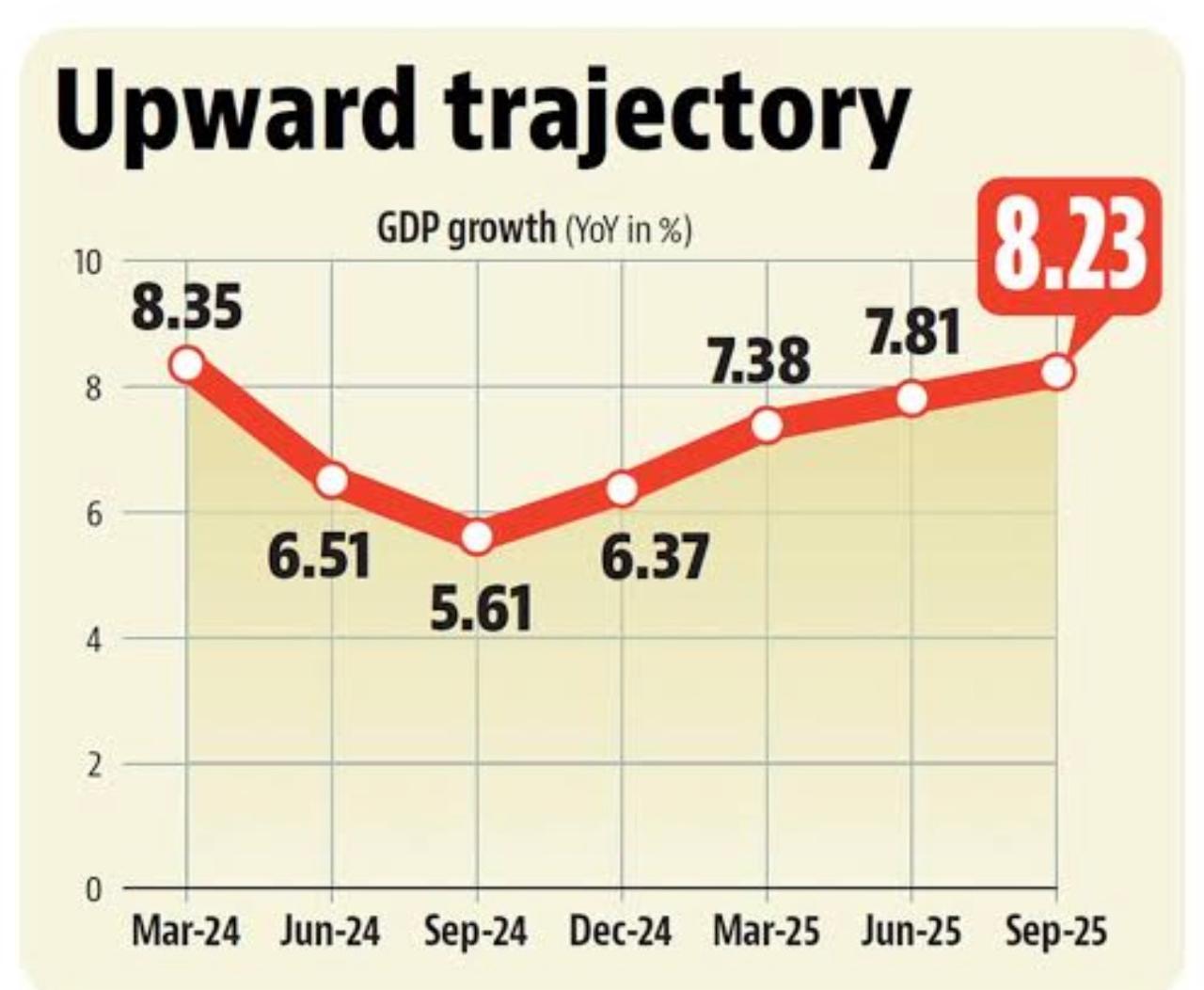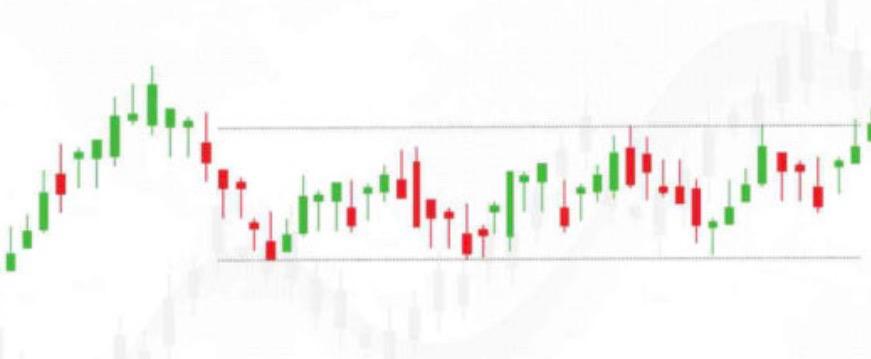Does a Falling Rupee Mean a Weak Indian Economy?
Every few months, whenever headlines scream “Rupee hits new low against the dollar,” the same debate resurfaces, “Is India’s economy weakening?”
Every few months, whenever headlines scream “Rupee hits new low against the dollar,” the same debate resurfaces, “Is India’s economy weakening?”
Friends, colleagues, and even social media threads light up with opinions, often equating a falling rupee with a failing economy.
That’s what inspired this post, to unpack what rupee depreciation actually means, what drives it, how it impacts us, and whether it truly signals economic weakness.
What Does Rupee Depreciation Actually Mean?
When we say the rupee has depreciated, it simply means it now takes more rupees to buy one US dollar. For instance, if ₹80 equals $1 today compared to ₹75 earlier, the rupee’s value has fallen. This change doesn’t necessarily reflect poor economic performance, it can be influenced by global factors like:
A stronger US dollar due to high interest rates
Rising crude oil prices
Global investors moving money to “safer” assets like US bonds
Perspective on India’s Economic
Despite the rupee’s depreciation, India’s fundamentals remain strong:
GDP growth remains among the fastest in the world
Inflation is relatively stable
Forex reserves are healthy and among the top globally
In fact, a moderate depreciation can even help India:
Exporters in IT, pharma, and manufacturing earn more in rupee terms
Indian goods become more competitive globally
When Does It Become a Problem?
A sharp or prolonged fall, however, can cause strain:
Imports (especially oil, electronics, and machinery) get expensive
Inflation rises due to higher input costs
Foreign education and travel become costlier
Investor confidence may waver if the currency volatility is too high
How Does It Affect You and Me?
Fuel & Transport: Higher global oil prices + weaker rupee = pricier fuel and logistics
Imported Goods: Smartphones, cars, and electronics get more expensive
Education Abroad: Tuition and living costs rise
Investments: Short-term volatility in the stock market due to foreign fund outflows
How Can India Balance the Impact?
RBI Intervention: The Reserve Bank sells dollars to smooth volatility.
Boost Exports & FDI: Encouraging export competitiveness and long-term capital inflows.
Fiscal & Monetary Discipline: Keeping inflation and fiscal deficits in check to maintain investor trust.
Energy Independence: Investing in renewables and domestic energy production to cut dollar dependence.
What We Believe
Currency depreciation isn’t always a crisis, it’s often a reflection of global capital flows and shifting economic dynamics.
At ARKA Invest we believe, what truly matters is stability, not a perfect exchange rate.
India’s growth story, diversified economy, and strong reserves give it the resilience to handle currency swings confidently.
A falling rupee doesn’t define a weak India. How we manage and adapt to it, does.







